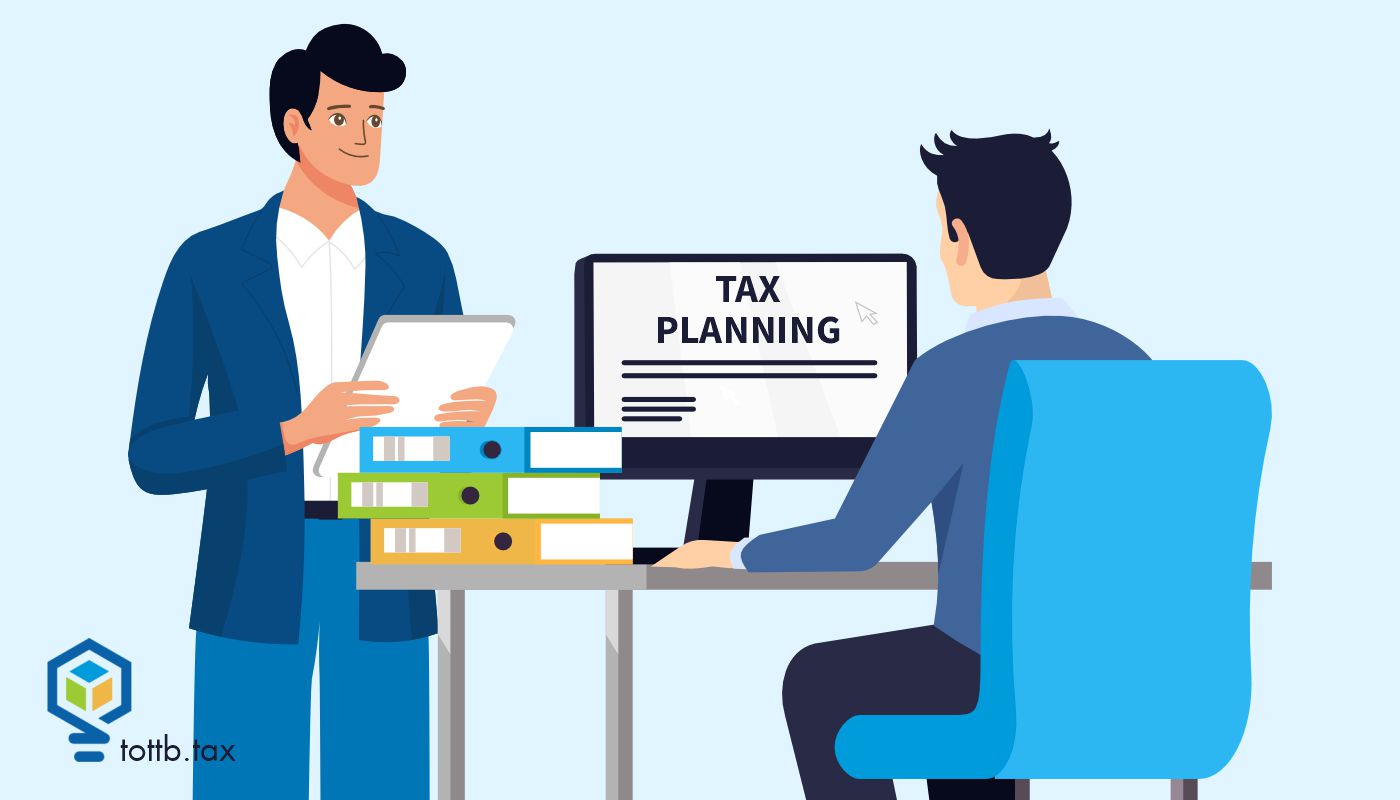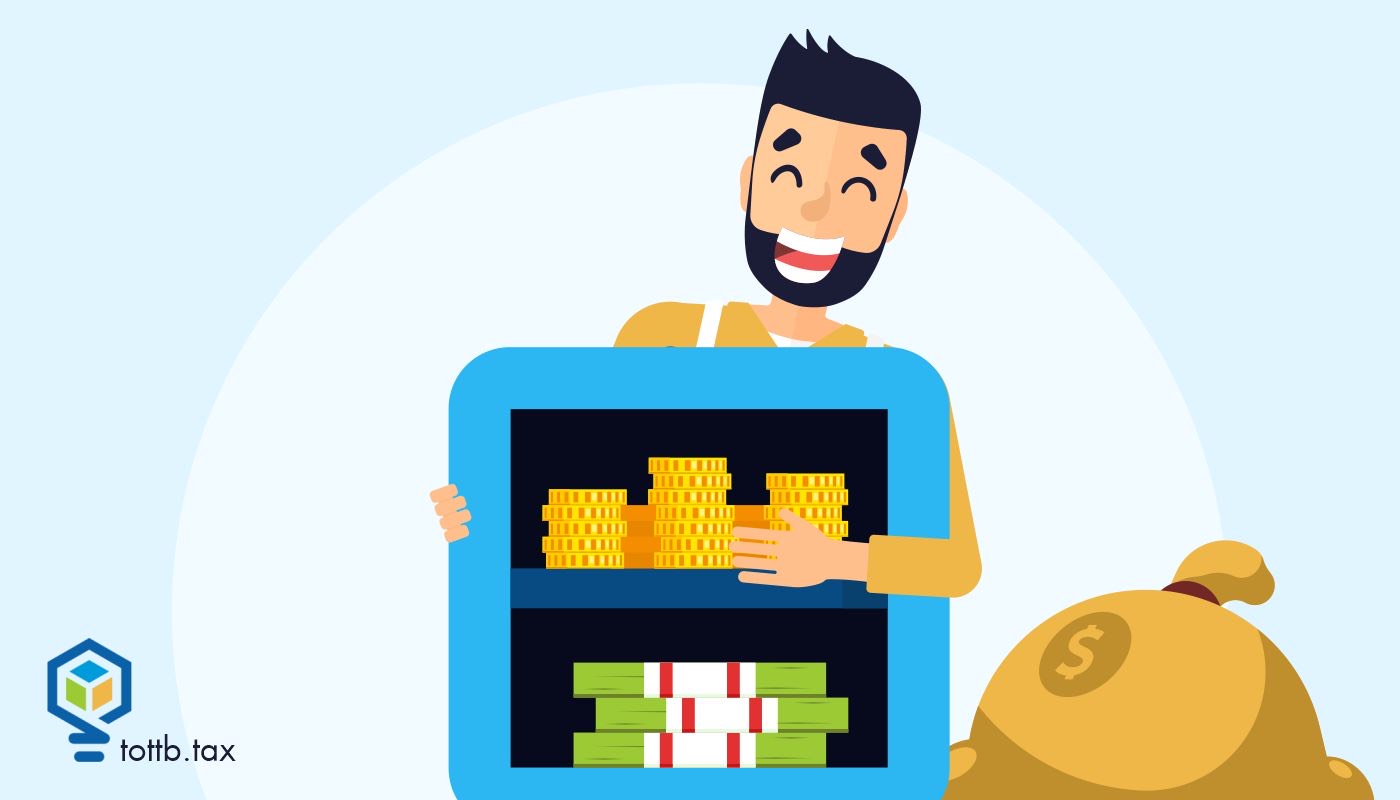Looking to cut down on self-employment taxes on your partnership income? Converting your partnership into an S corporation might be the answer. If you currently run your business as a partnership or an LLC taxed as a partnership, you’re probably familiar with the sting of self-employment taxes. Unlike shareholder-employees of an S corporation, who only pay Social Security and Medicare taxes on their salaries, partners typically get hit with self-employment taxes on their entire share of the business’s net income. That can add up fast. By transitioning to an S corporation, you can restructure how you take your income—splitting it between salary and profit distributions. The big advantage? Those profit distributions are not subject to self-employment tax, potentially saving you thousands each year. So, if reducing your tax burden sounds appealing, let’s break down how a tax-free Section 351 incorporation works and what you need to know before making the move.

This Is The Only Other Year-End Tax Tip Guide You Need
So as I did last year, I have reviewed a multitude of year-end tax tips articles. One of them is a real standout that you should be sure to check out. If you missed it, you should definitely roll back to the November 15 edition and go over Dominique Molina’s piece, which focuses on what you need to do sooner rather than later in response to OBBBA. It provides more detailed, relevant, actionable advice that you won’t see anywhere else than any of the multitude of pieces I have reviewed. As for the rest, I will give you a basic rundown of what I call the SOSO (same old, same old) and a few suggestions that stand out as different that I will get into a little more along with some thoughts of my own.






